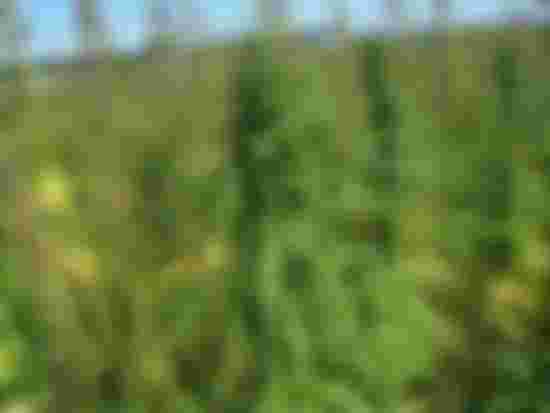Dr. Maja Timotijević, president of the Hemp Association, and Aleksandar Belevski, CMO of the Healina brand, also discussed the cultivation and potential of industrial hemp in Serbia.
For more than 10,000 years, humanity has used it in various ways. It can be a remedy for anxiety and pain, fodder, energy and building materials. Yugoslavia used to be its largest European producer, and in Serbia it was recently at the center of great controversy. The plant in question is industrial hemp, best known for the fact that the substance cannabidiol, known as CBD, was obtained from its flower.
Before we go deeper into how industrial hemp is grown in Serbia, one dilemma needs to be resolved: what is the difference between industrial hemp and marijuana, or cannabis indica? Industrial hemp belongs to the family of cannabis plants, as well as indica cannabis, and they differ in the components they contain. Industrial hemp contains many cannabinoids, one of which is CBD, while indica cannabis also contains tetrahydrocannabinod, ie. THC, which is known for its psychoactive effect. THC is the reason for the ban on the cultivation of cannabis in many countries, because the psychoactive effect potentially opens the space for the development of addiction. On the other hand, CBD has no psychoactive effect. Another difference between these two plants is their appearance: cannabis indica is bushy in appearance and grows in width, while industrial hemp grows in height and can grow up to 4 meters.

It is a wild plant that does not require a lot of fertilizers and pesticides, and can thrive in a variety of climates. Despite the majority opinion, industrial hemp is much more than cannabidiol - its stem, root and fiber can also be used, and it is a plant that can respond to the various needs and problems of today with its existence. Precisely because of its wide use - as a medical device, biofuel or various materials for production - it is important to get acquainted with the properties of industrial hemp, its potentials and production in Serbia.
Where is industrial hemp in Serbia today?
Dr. Maja Timotijević, the president of the Hemp Association, points out that six years ago she started learning more about hemp and that it is a plant that is completely unjustifiably neglected. “The bad voice that accompanies her because of her marijuana sister has misled people that it is something that is forbidden and that she cultivates something that is illegal. We founded our association about seven years ago and, when we founded it, there were only 60 hectares under industrial hemp. We are already talking about about 1,500 hectares under industrial hemp. I think that is a really big progress, especially since the legislation has not really changed. We are spinning in a circle with huge problems because the legal regulations say that industrial hemp is used for fiber and as food for birds ", says Timotijević. She states that this formulation is completely obsolete at a time when about 50,000 different products are made from industrial hemp.
How do the laws in Serbia regulate the cultivation of industrial hemp?
As in many other cases - contradictory. The Ministry of Agriculture allows the cultivation of industrial hemp, and this area is covered by only one rulebook. This is the Rulebook on conditions for growing hemp, published in the "Official Gazette" in 2013. The Rulebook stipulates that only those varieties of hemp that belong to the hemp species (Cannabis sativa L) can be grown in Serbia, and the percentage of the mentioned tetrahydrocannabinol in them must be less than 0.3%. The permit for cultivation is issued by the Ministry, and it can only be obtained by a person who is registered in the Register of producers of seeds, seedlings, mycelium of edible and medicinal mushrooms.
What is the condition for obtaining a permit?
The condition is that the grown hemp is used exclusively for the purposes of fiber production, production of seeds for animal nutrition, quality testing and seed trade. Farmers also have restrictions on the seeds they can plant. The register of varieties of agricultural plants recognizes five allowed varieties, but only three can be found in Serbia: Fedora 17, Monoica and Helena. For example, for a bag of 25 kilograms of Fedora 17 seeds (as much as is necessary if you plan to plant 1 hectare), it is necessary to set aside a little over 40,000 dinars. There is a possibility to start the procedure for adding new varieties, but this is a long and expensive process that can be stopped at any moment if the percentage of THC in the variety exceeds 2%.

very nice post